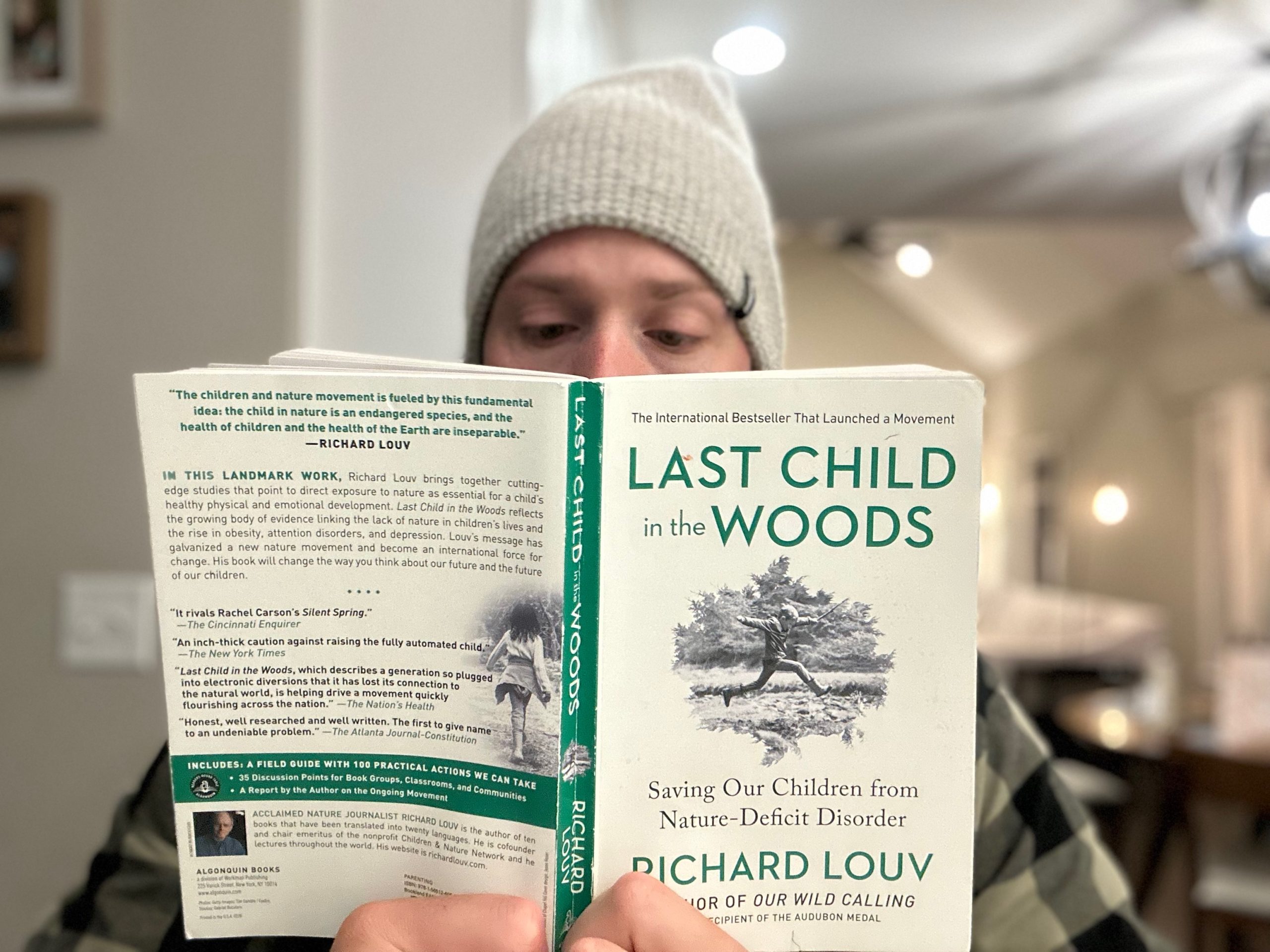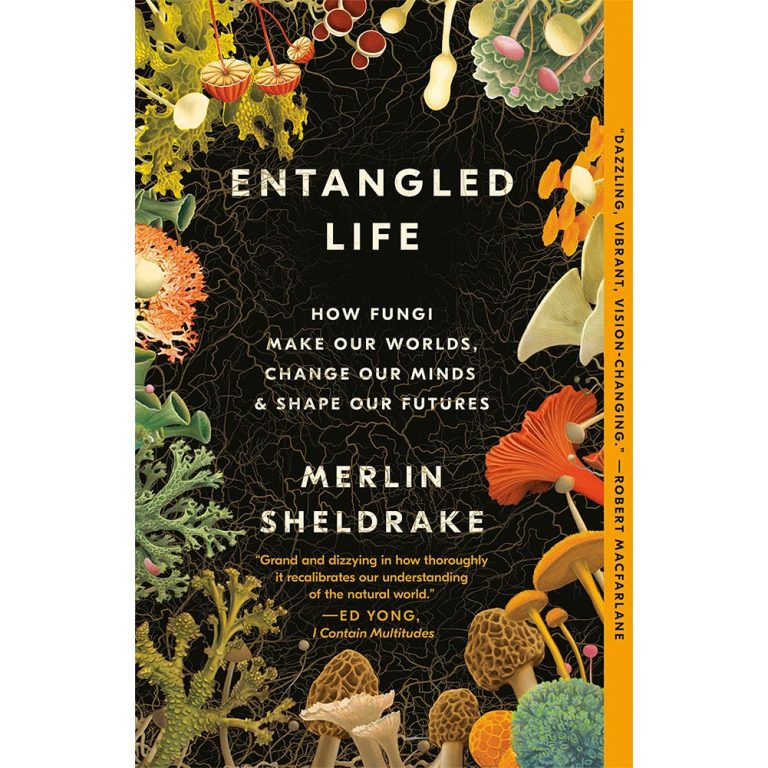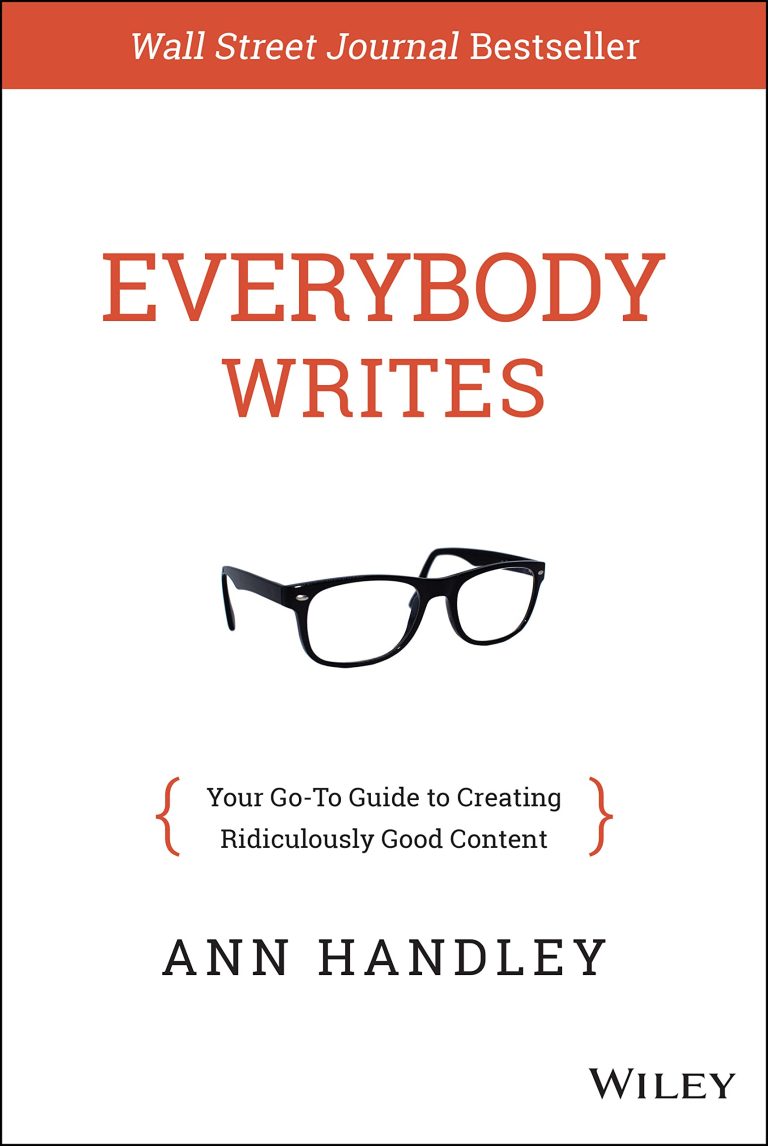Rediscovering the “Last Child in the Woods” by Richard Louv
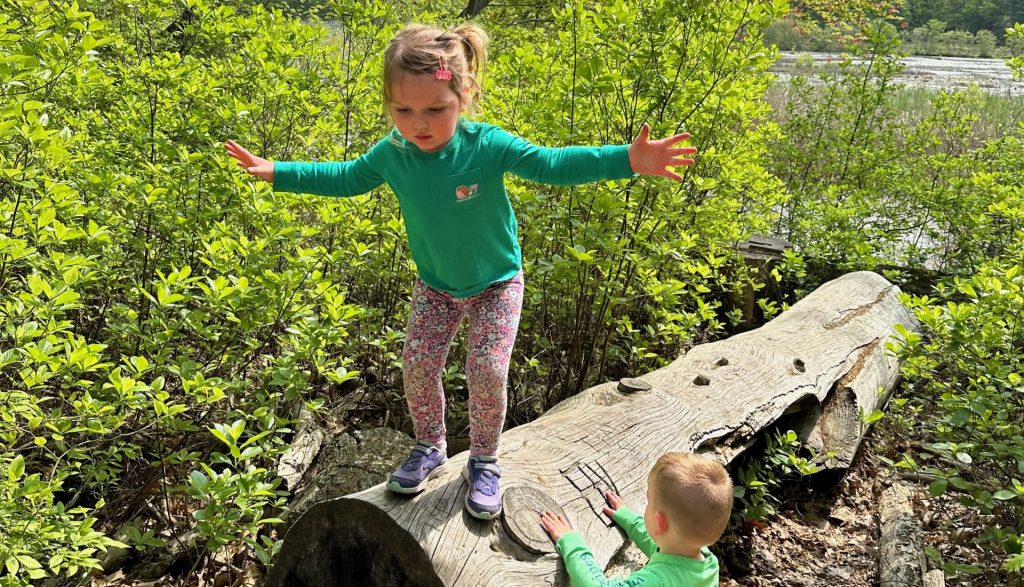
“Ever considered that the secret to childhood joy might be hidden not in structured schedules or flashy gadgets, but in the vast, unspoiled expanses of nature? Let’s embark on a journey that redefines our understanding of play, freedom, and growth.”
– GJC

The Nostalgia of Innocence
“The woods were my Ritalin. Nature calmed me, focused me, and yet excited my senses.”
– Richard Louv, “Last Child in the Woods”
There is a profound weight to nostalgia, an emotional gravity that pulls us back towards something lost or misplaced. Reading Richard Louv’s seminal book, “Last Child in the Woods”, I was struck by the echoes of my own childhood memories—barefoot summer days exploring the dense forests surrounding our rural home and the meandering, yet sometimes ferocious creek that cut through the 14-acre property. This was a time unbound by structure or schedules, a world unfiltered by screens or digital distractions. As Louv deftly points out, this kind of childhood, once ubiquitous, is becoming endangered, usurped by the strictures of a hyper-organized, technology-driven society.
Within these pages, I found a voice articulating my deepest concerns as a parent attempting to reconcile the idyllic freedoms of my own upbringing with the demands of the 21st-century child-rearing paradigm. More than ever, I realize that I am not alone in this struggle. The yearning to recreate this spirit of unfettered exploration and spontaneous play for my children is universal, yet hindered by an increasingly structured world.
The Fear and the Reality
“An indoor (or backseat) childhood does reduce some dangers to children; but other risks are heightened, including risks to physical and psychological health, risk to children’s concept and perception of community, risk to self-confidence and the ability to discern true danger”
– Richard Louv, “Last Child in the Woods”
What Louv describes as the “nature-deficit disorder” touches a raw nerve. The pervasive fear of “stranger danger,” combined with a culture of over-scheduling and screen addiction, has drastically shrunk the realms of unguided exploration and natural discovery once freely available to children. He explores this phenomenon not as a mere sentimentality but as a genuine loss contributing to a range of maladies from obesity to attention disorders.
Louv does not shy away from confronting the prevailing social norms, questioning our collective shift towards a life increasingly indoors, an over-reliance on technology, and the pressures of academic acceleration. It’s a bitter pill, acknowledging how we’ve traded the vast, unpredictable wilderness for the controlled environments of our homes and structured play zones, rationalizing safety over freedom, structure over creativity.
Unveiling the Invisible Barrier
“Today the doors to the outside are shut tight to young people, and rarely opened.”
– Richard Louv, “Last Child In the Woods”
In “Last Child in the Woods,” Louv introduces us to the ‘criminalization of natural play,’ a term that haunts me as a parent. The fact that children playing unsupervised in the natural world can lead to raised eyebrows or even calls to child protective services, strikes a chilling contrast to my own memories of fearless outdoor expeditions. This invisible barrier between children and the natural world is a harsh reflection of our societal shift towards excessive control and risk aversion.
However, it’s not all doom and gloom. Louv’s book acts as a mirror, revealing our own complicity in erecting these barriers. It’s an uncomfortable realization, but necessary if we are to make amends. Understanding that we’ve constructed this barrier gives us the agency to deconstruct it. The idea that we can reverse this trend, that we can facilitate a return to nature, is empowering.
A Call to Reconnect
“We have such a brief opportunity to pass on to our children our love for this Earth, and to tell our stories. These are the moments when the world is made whole. In my children’s memories, the adventures we’ve had together in nature will always exist.”
– Richard Louv, “Last Child In the Woods”
Louv’s solution to the problem is both elegantly simple and profoundly complex— a call to reintegrate nature into the everyday lives of our children. He invokes compelling research and provides practical suggestions to incorporate unstructured outdoor play into the lives of busy, technology-obsessed families. His prescription is as much for the children as it is for the adults, suggesting that we too have lost touch with the essential connection to the natural world.
For those of us raised in a less-regulated era, this return to nature represents a homecoming. But for our children, it’s an introduction to a neglected aspect of their heritage. This section of the book reads like a field guide to reclaiming childhood, laying out tangible strategies to reintroduce nature and the inherent adventure, wonder, and learning it offers.
The Healing Power of Nature
“Time in nature is not leisure time; it’s an essential investment in our chidlren’s health (and also, by the way, in our own).”
– Richard Louv, “Last Child In the Woods”
Louv taps into a deeper, almost spiritual dimension of the human-nature relationship, highlighting the therapeutic benefits of natural immersion. He presents compelling evidence to suggest that time spent in nature can help ameliorate the effects of attention deficit disorders, boost academic performance, and contribute to a child’s overall mental and physical well-being.
This idea resonates deeply with me, providing a comforting reassurance that my intuition as a parent is correct—my children need to get dirty, to explore, to marvel at the cycle of a caterpillar becoming a butterfly. This isn’t just about play; it’s about integral health, growth, and well-being.
The Freedom of the Unstructured
“Passion is lifted from the earth itself by the muddy hands of the young; it travels along grass-stained sleeves to the heart. If we are going to save environmentalism and the environment, we must also save an endangered indicator species: the child in nature.”
– Richard Louv, “Last Child In the Woods”
In closing, “Last Child in the Woods” is more than a book; it’s a powerful commentary on our society and an urgent call to action. Louv gives voice to the nagging fears of countless parents, myself included, that we are depriving our children of something irreplaceable— the freedom of an unstructured childhood in touch with the natural world.
As a parent living in today’s overly organized society, I’m both challenged and encouraged by Louv’s message. The book presents a bold critique of our modern lives but also offers a hopeful vision of a rewilded childhood. It serves as a reminder to let go, to allow our children the freedom to discover the world in their way, and maybe, in doing so, recapture the forgotten innocence of our own childhoods.
“Last Child in the Woods” is an essential read for every parent seeking to balance the scales between the constraints of modern living and the endless benefits of a child at play in the unstructured beauty of the natural world.
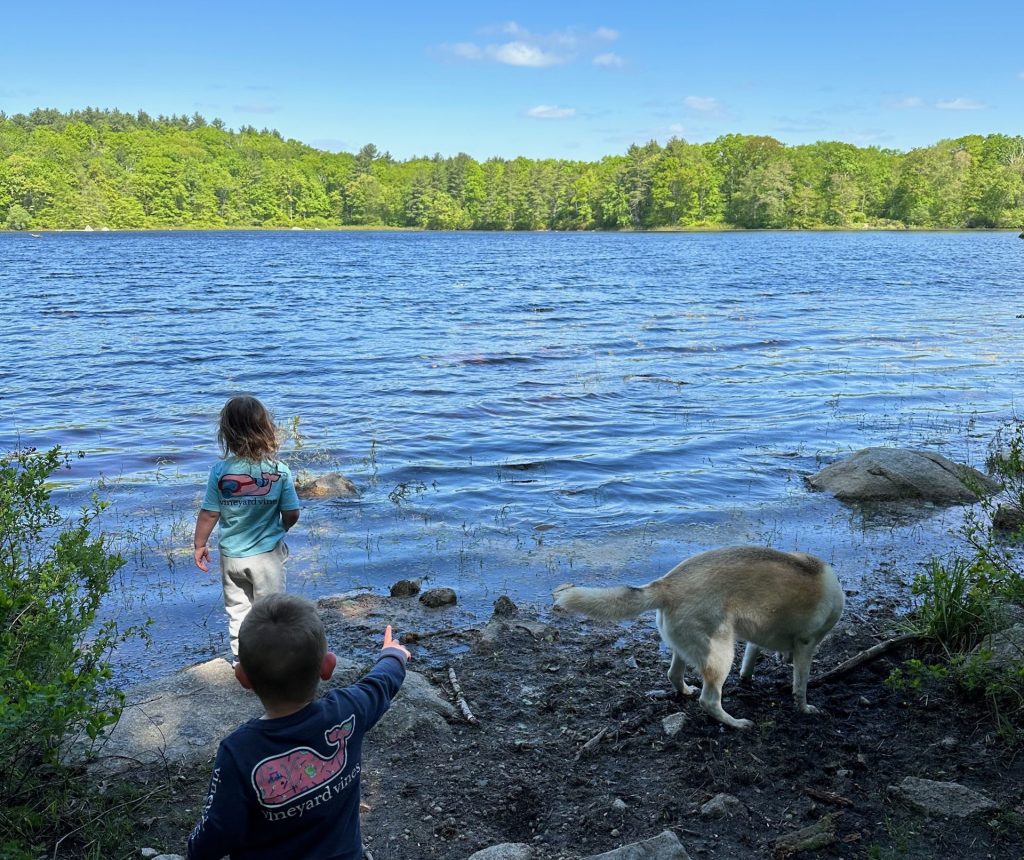
If you enjoyed this book reflection, be sure to see what else I’ve been reading here!
Interesting in reading it yourself? Check out the link below or on Amazon!
